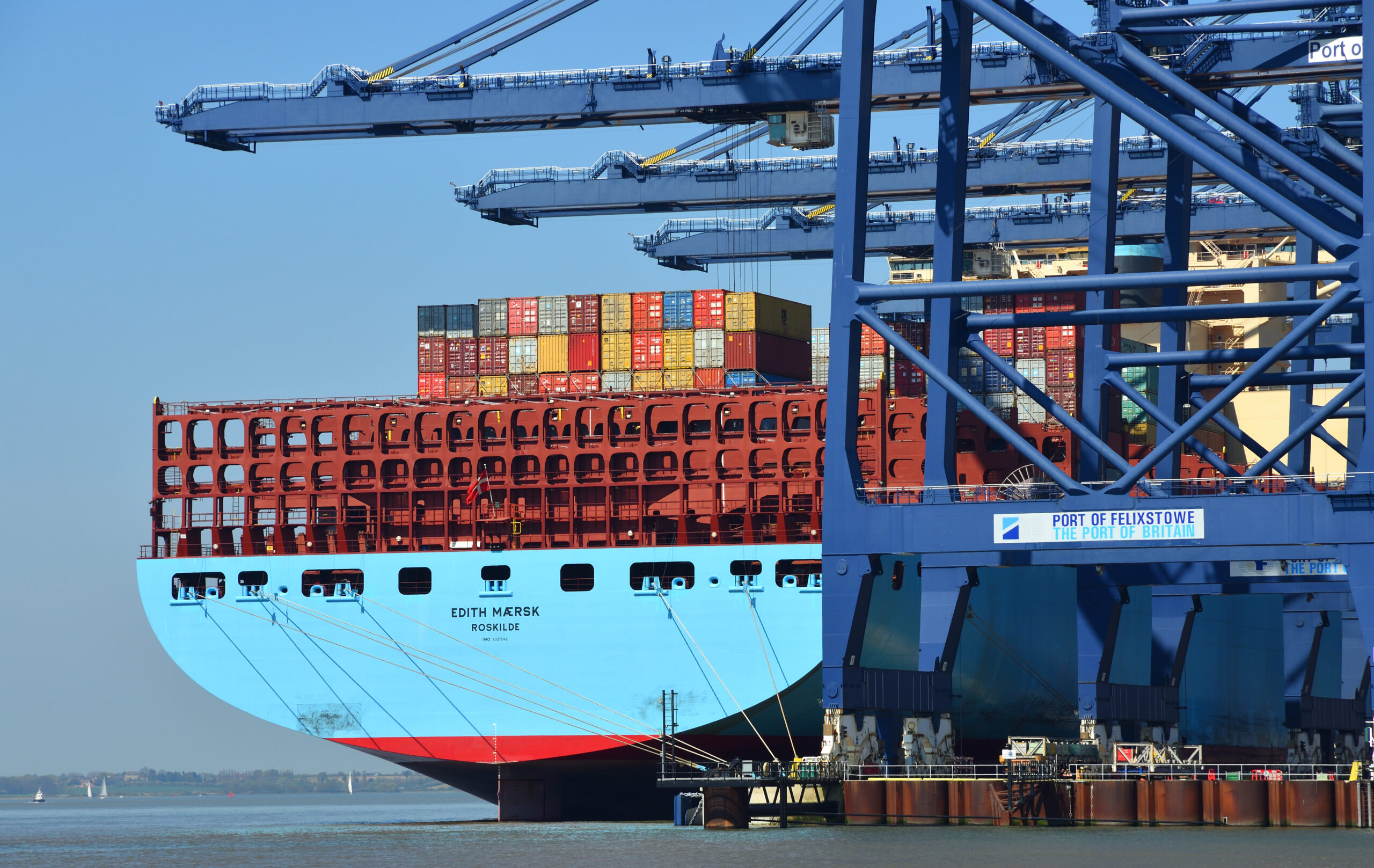According Willis Towers Watson, the insurance services provider, the inclusion of shipping into the EU ETS has spurred demand for insurance which can transfer to potential credit risk.
Following international shipping’s entrance into the EU ETS in January 2024 shipowners of 5,000 gross tonnes (or greater) are required to purchase carbon credits (EUAs) to offset GHG emissions when entering EU Ports.
Under EU ETS regulations, the shipowner is identified as the party liable for purchasing and surrendering EUAs. In the majority of cases, shipowners will retain the risk and keep the liabilities on their balance sheet. However, it is also possible for responsibility for emissions liabilities to be granted to a third-party operator, such as the ship’s managing agent.
As WTW points out, more responsibility for offsetting emissions entails greater potential financial risks. This can occur when shipowners or third-party agents purchase and surrender EUAs. These risks include non-payment and insolvency (leading to non-payment).
Shipowners and responsible third parties therefore require additional insurance services as well as other forms of financial guarantees as a way of protecting against such increased liabilities.
To complicate the situation further, WTW argues, shipowners may face regulatory risks associated with the EU ETS’ maturation process. According to recent reports, the current EU ETS regulation clearly state that the registered shipowner is responsible for ensuring compliance. However, it’s sometimes not clear when these responsibilities can be transferred to charterers and ship managers according to reports.
From the EU ETS perspective, the cost to shipowners will depend on the energy efficiency of their ships, the distances they travel and, initially, the associated number allowances needed to achieve compliance. Global estimates of those costs vary greatly.



